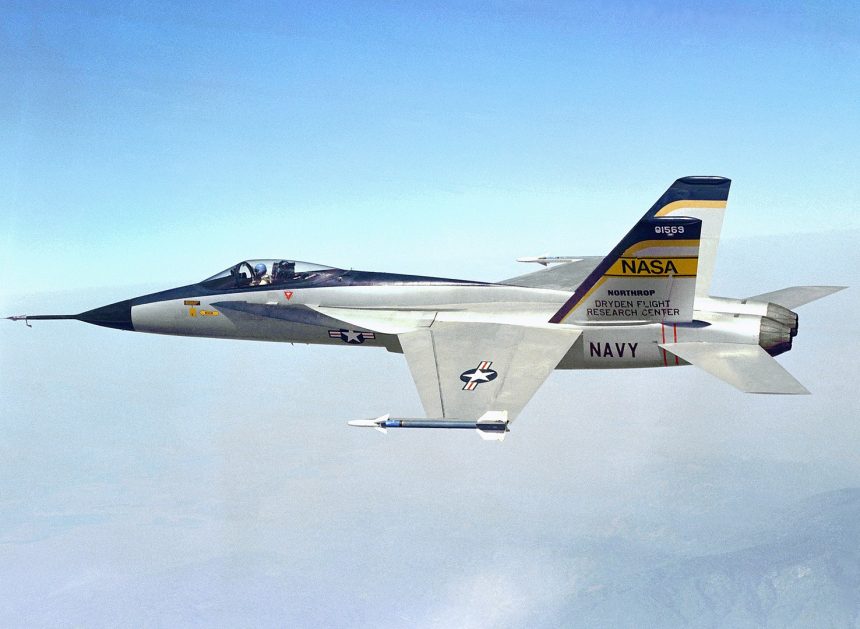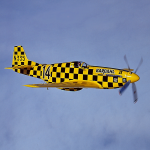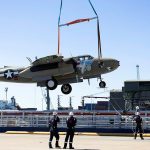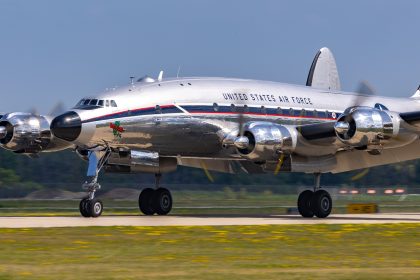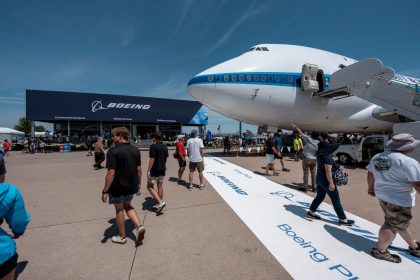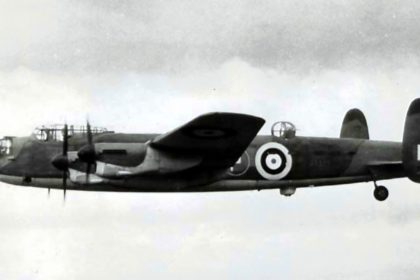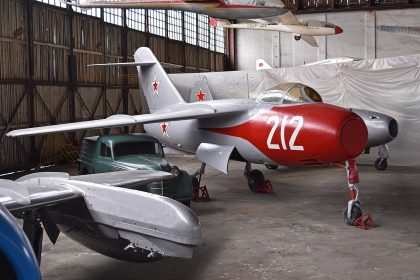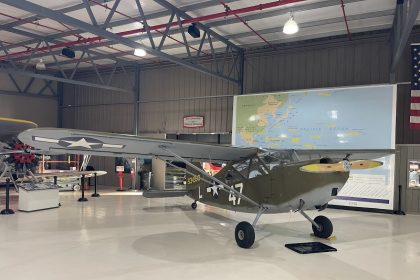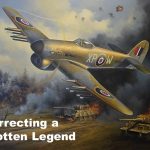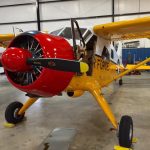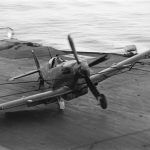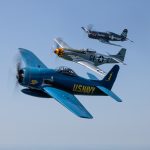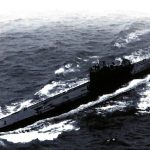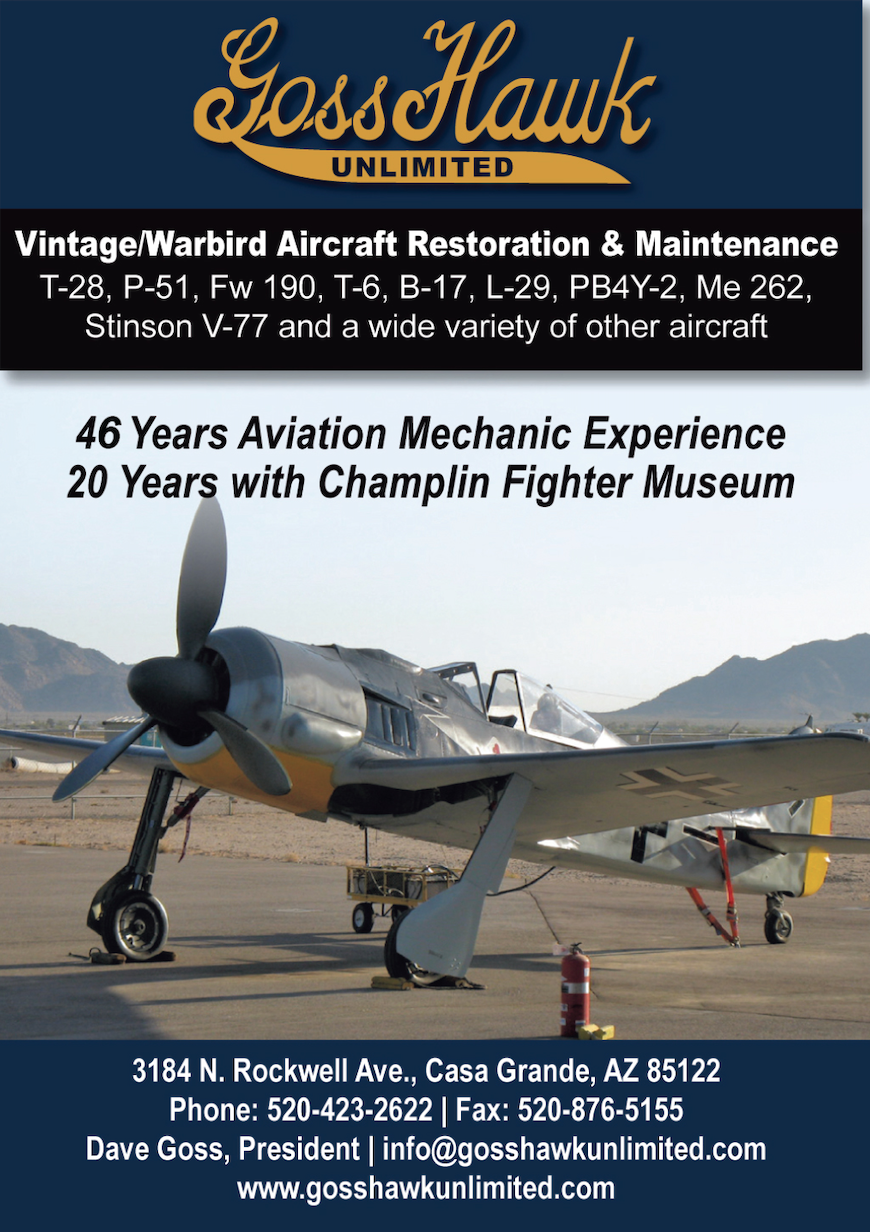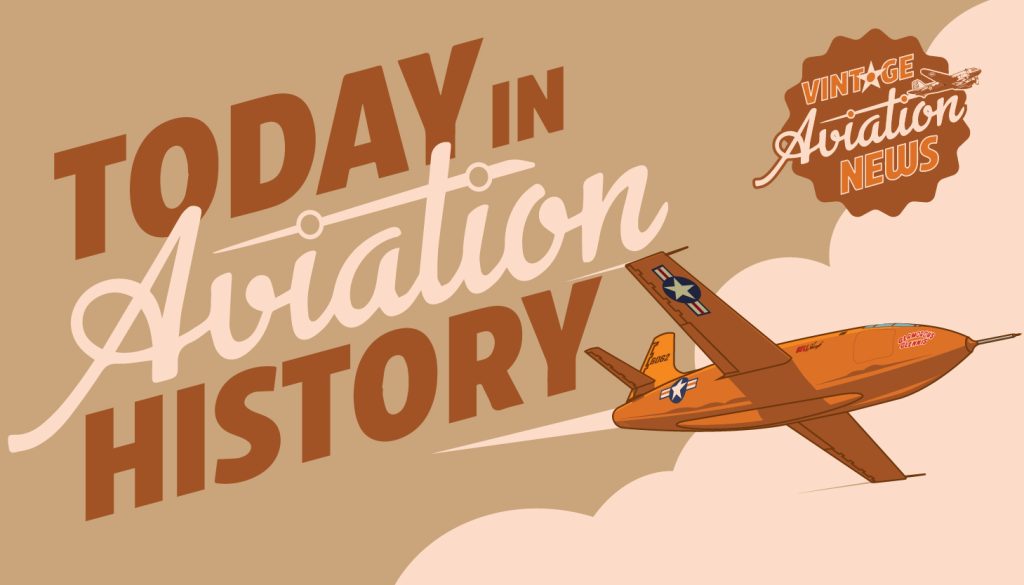
On June 9, 1974—51 years ago today—the Northrop YF-17 took to the skies for its first flight, marking a significant milestone in the evolution of modern fighter aircraft. Nicknamed the “Cobra” for its sleek design and agility, the YF-17 was Northrop’s entry into the United States Air Force’s Lightweight Fighter (LWF) technology evaluation program. At the time, concerns had arisen that the McDonnell Douglas F-15 Eagle, while formidable, was too large and costly to serve in multiple combat roles. The LWF program was launched to identify a smaller, more affordable multirole fighter.
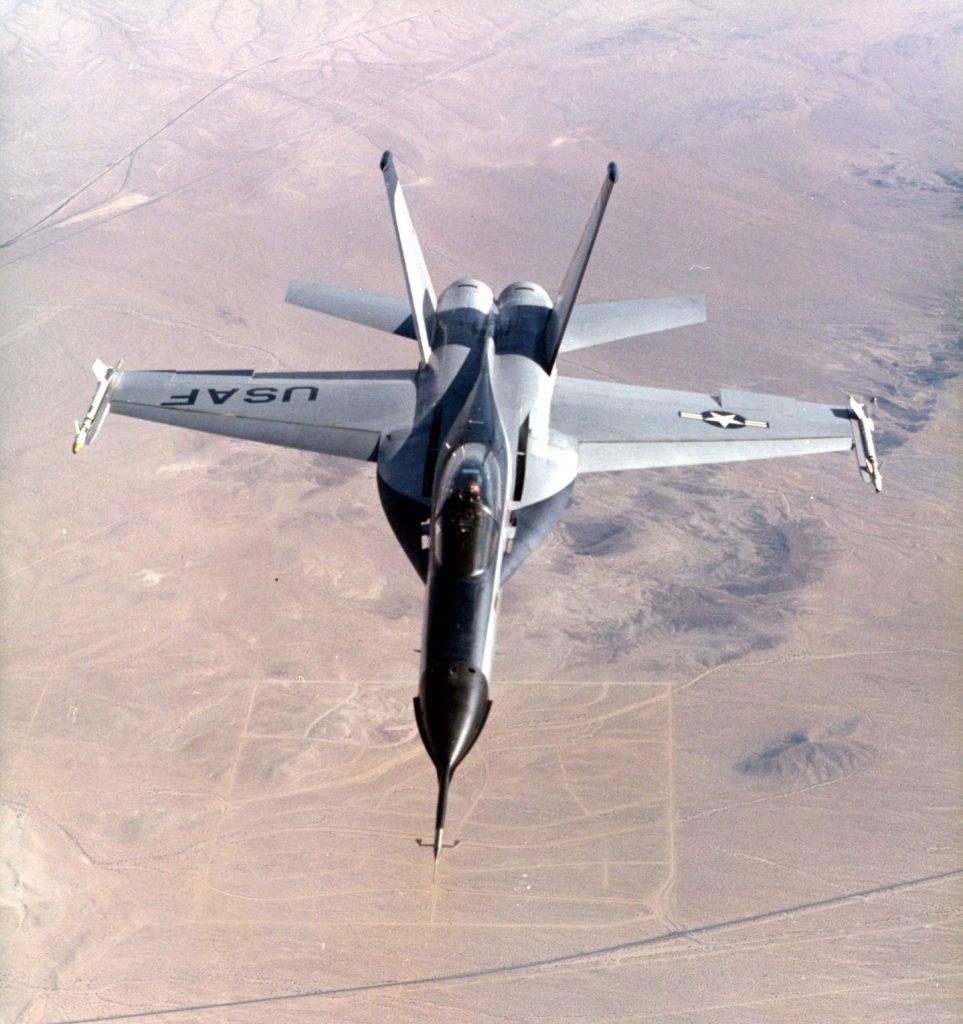
Although the YF-17 delivered strong performance during flight testing, it ultimately lost out to the General Dynamics YF-16, which went on to become the iconic F-16 Fighting Falcon. But the story didn’t end there. The U.S. Navy, seeking a new carrier-capable strike fighter through its Naval Fighter Attack Experimental (VFAX) program, saw potential in the YF-17’s twin-engine configuration and aerodynamic agility. Northrop teamed up with McDonnell Douglas to adapt and expand the design, which evolved into the F/A-18 Hornet—a versatile and highly successful aircraft that remains in service with the U.S. Navy and Marine Corps to this day.
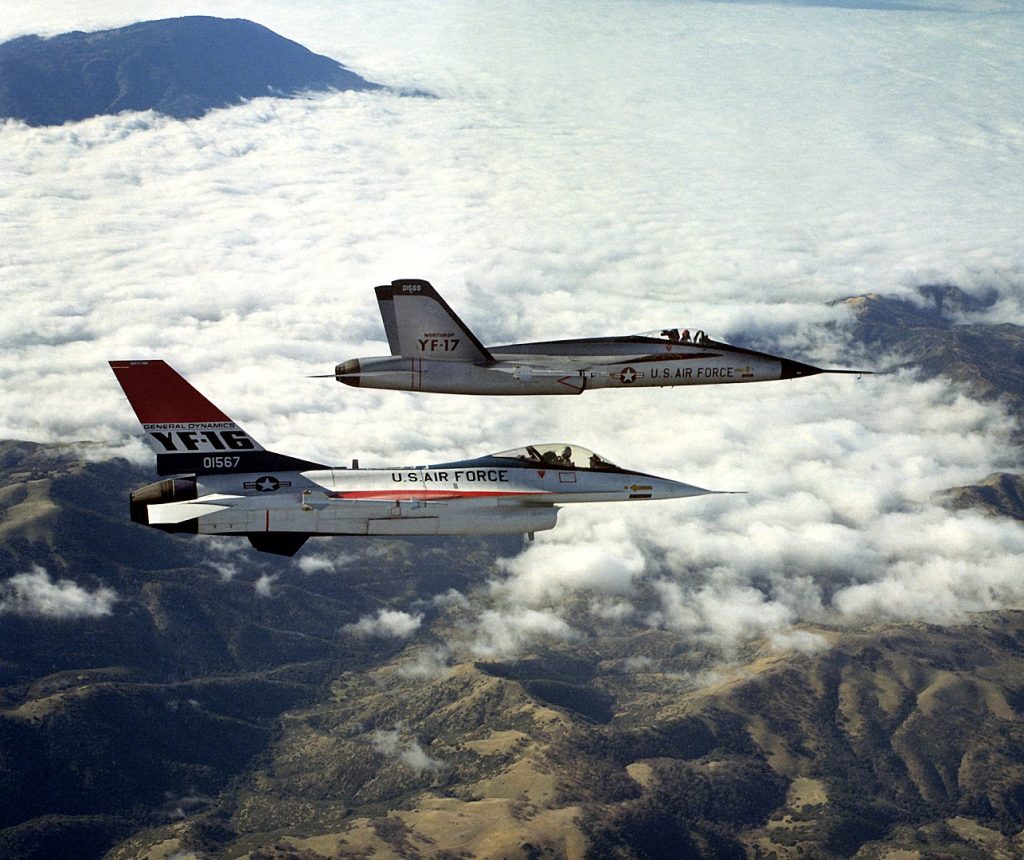
The YF-17A was powered by two General Electric YJ101-GE-100 turbojet engines, each producing 9,479 pounds of thrust dry and up to 15,000 pounds with afterburner. The aircraft could reach a maximum speed of 1,320 mph and operate at altitudes up to 60,000 feet. It had a range of 2,800 miles and could withstand forces up to 9.4 Gs. Its intended armament included a 20mm M61 Vulcan Gatling gun, as well as four hardpoints for carrying Mk-84 bombs, ECM pods, or external fuel tanks.
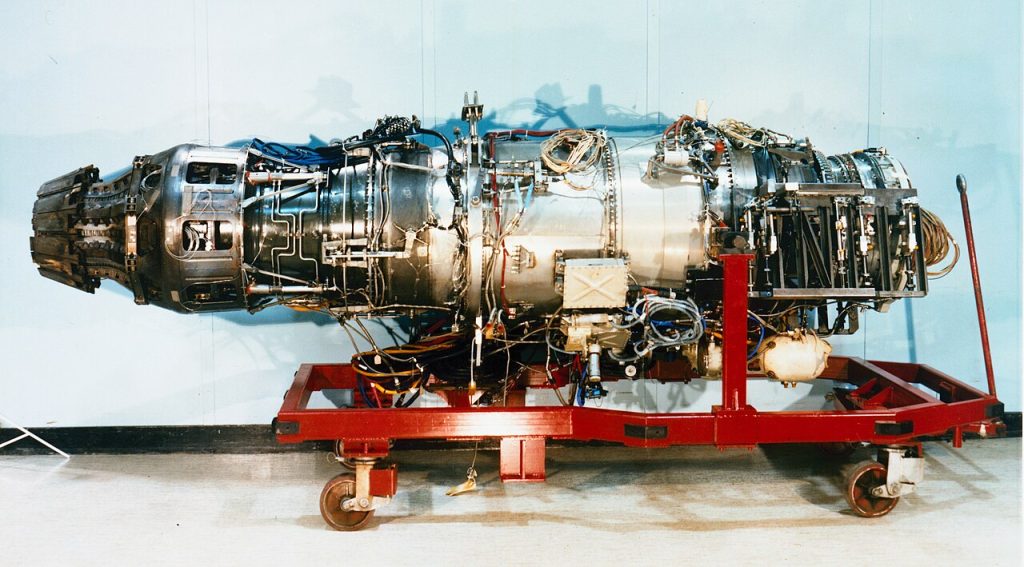
Only two YF-17s were built, but both aircraft survive today. YF-17A 72-1569 is on display at the Western Museum of Flight in Torrance, California, while YF-17A 72-1570 can be seen at Battleship Memorial Park in Mobile, Alabama. Though it never entered production, the YF-17 was the critical bridge between Northrop’s fighter designs and the frontline carrier-based F/A-18 Hornet. Its legacy lives on in the skies—and in the lineage of one of the U.S. military’s most enduring jet fighters.








